FS Colour Series: Insignia Blue inspired by Katsushika Hokusai’s Mount Fuji
The inky depths of INSIGNIA BLUE linen seeped dark stains into Japanese artist Katsushika Hokusai’s evocative landscapes, lending them deep bass tones that hum with melodic resonance. The colour, known today as Prussian, or Berlin blue, swept across Europe in the 18th century, causing what some called a “blue fever”, as it infiltrated painting, wallpaper prints, stamps and even the Army Uniform for the Prussian military. When it arrived into China and Japan in the early 19th century Hokusai was one of the first artists to grasp its full potential. Of all the rich paintings and prints he made, his world famous Views of Mount Fuji woodblocks are the most well-known and celebrated, forming a rhapsodic homage to indigo blue.
Born in Japan, Hokusai was creative from a young age, remembering back, “From the time I was 6, I was in the habit of sketching things I saw around me.” His father was a mirror maker, painting intricate details onto frames and it is likely his creative endeavours had a profound influence on the young Hokusai. At the age of 14 Hokusai trained as a woodblock carver before entering the studio of renowned artist Katsukawa Shunsho, who taught his apprentice under the ukiyo-e (pictures of the floating world) school to depict mystical scenes with unfolding narratives related to the society around them.
Hokusai changed his name frequently throughout his career, using a different one every time he began a new phase of art – the name Hokusai was adopted to signify his later career. In 1830, at the peak of his career aged 70, he began work on a series of woodblock prints based on Mount Fuji. As Japan’s tallest mountain it was surrounded with a mystical fascination and wonder which some even associated with immortality, prompting Hokusai to invest the same magical qualities into his prints. The Great Wave off Kanagawa, 1830 is the most reproduced, popular and influential work of the series, capturing the sea as a monstrous claw curling over itself into frothy white bubbles before falling into the lashing dark ocean below. Mount Fuji is a slight trace in the distance, whose snowy peaks and cold shadows mirror the colours and patterns of the surrounding sea.
In Tago Bay near Ejiri on the Tokaido, 1830–32 the ominous mountain takes centre stage, forming a triangle of rich, velvety darkness echoed in the sky overhead, while dusty, pastel toned greens and yellows are scattered across the horizon. Other works in the series reflect ordinary scenes, lifting them beyond the everyday into the fantastical through the alchemy of colour, such as Watermill at Onden, 1830/33 which captures figures performing backbreaking tasks. Around them the mountain falls into an entrancing shade of midnight, a colour echoed in a dark strand across the sky which suggests the beginning of nightfall, or perhaps the entrance into another realm, as toiling figures fall into ink stained shadows below. Hodogaya on the Tokaido, 1830/33 reserves the magic of Prussian blue exclusively for the mountain and sky above it. Workers are slumped with exhaustion in the foreground, but the feverish electricity of the colour above them offers glimmering possibilities of escape.
Goten-yama-hill, Shinagawa on the Tokaido, 1830/33 is more abstract as a procession of figures and their village become flattened shards of vivid pattern and colour, forming a tightly woven patchwork that opens out into the broad sky above. Small jewels of glistening ultramarine dance from left to right, catching clothing and geometric rooftops, leading us in a sweeping curve towards the distant, inky mountain beyond, emphasising its vital and enduring spiritual significance through the power of the colour blue.





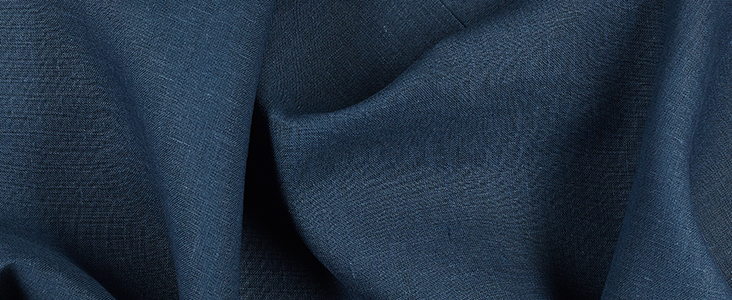
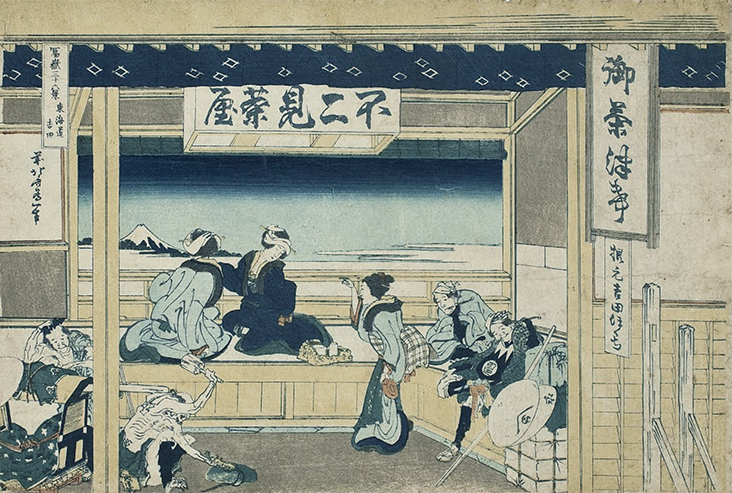
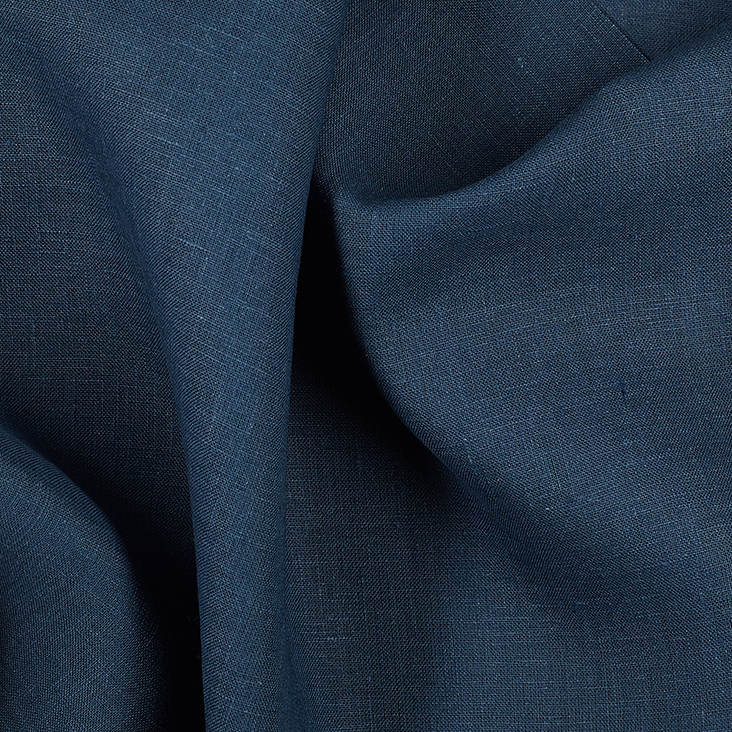
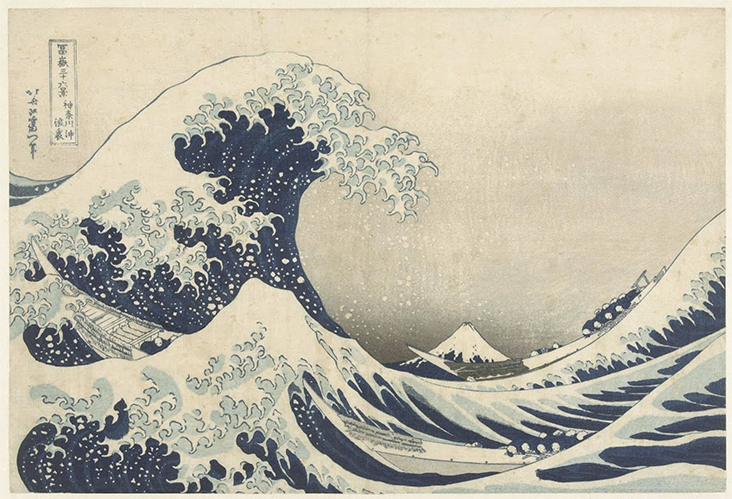

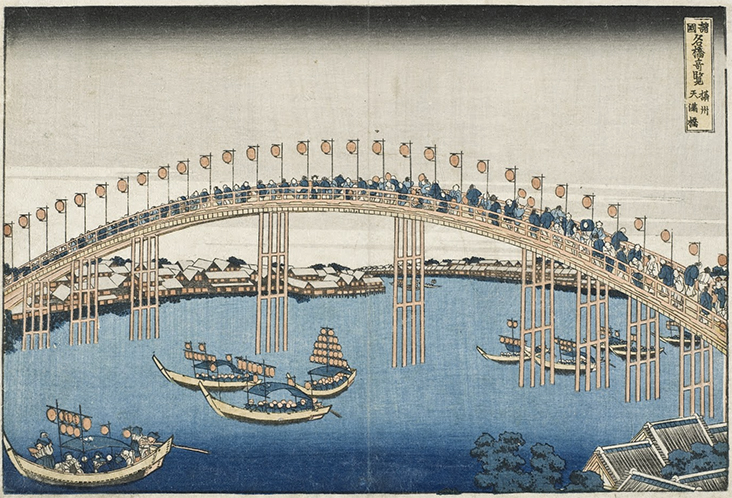
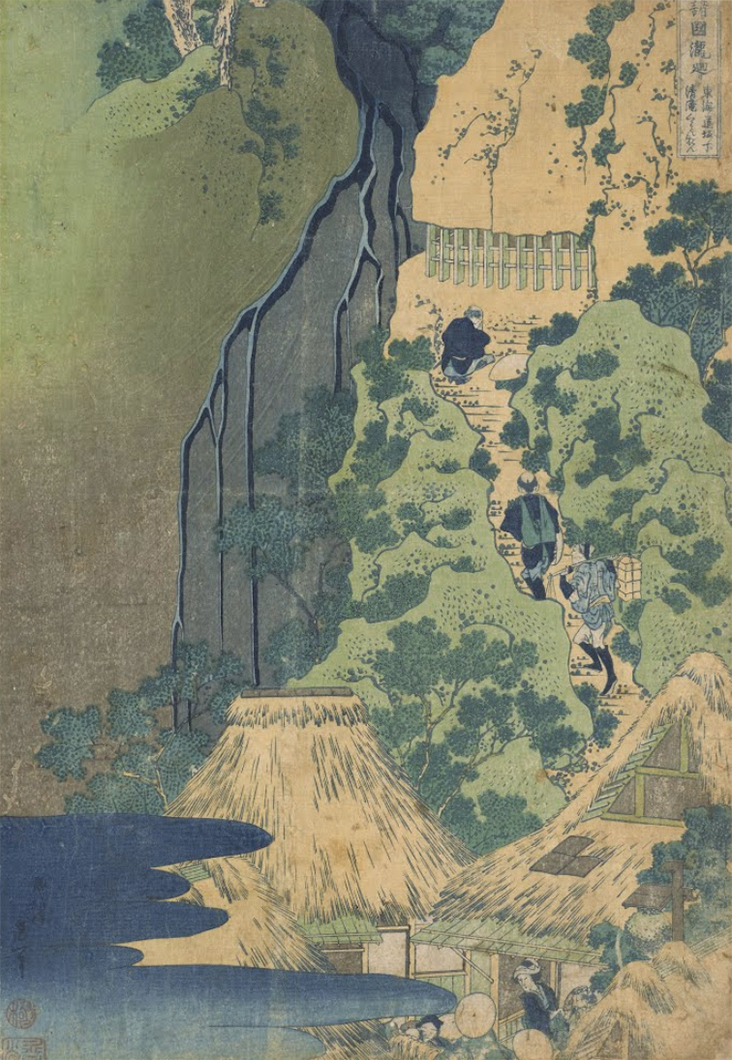




















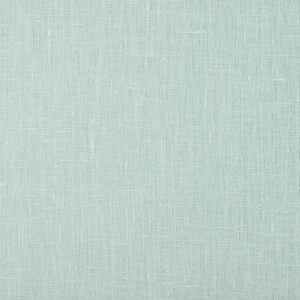


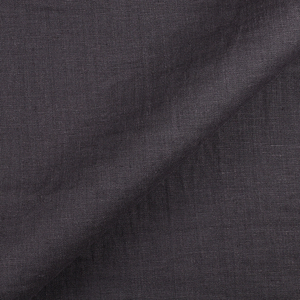



















Leave a comment